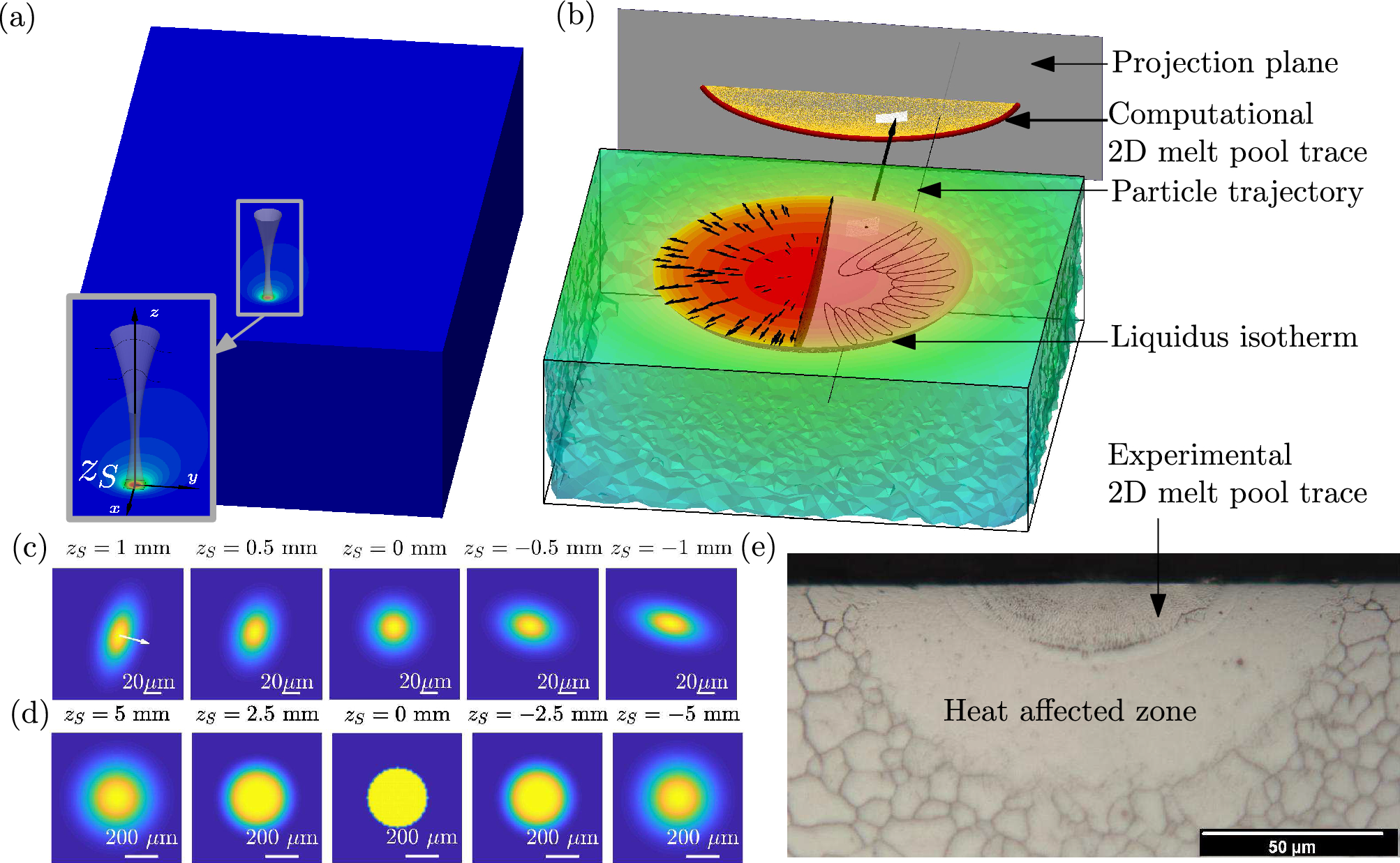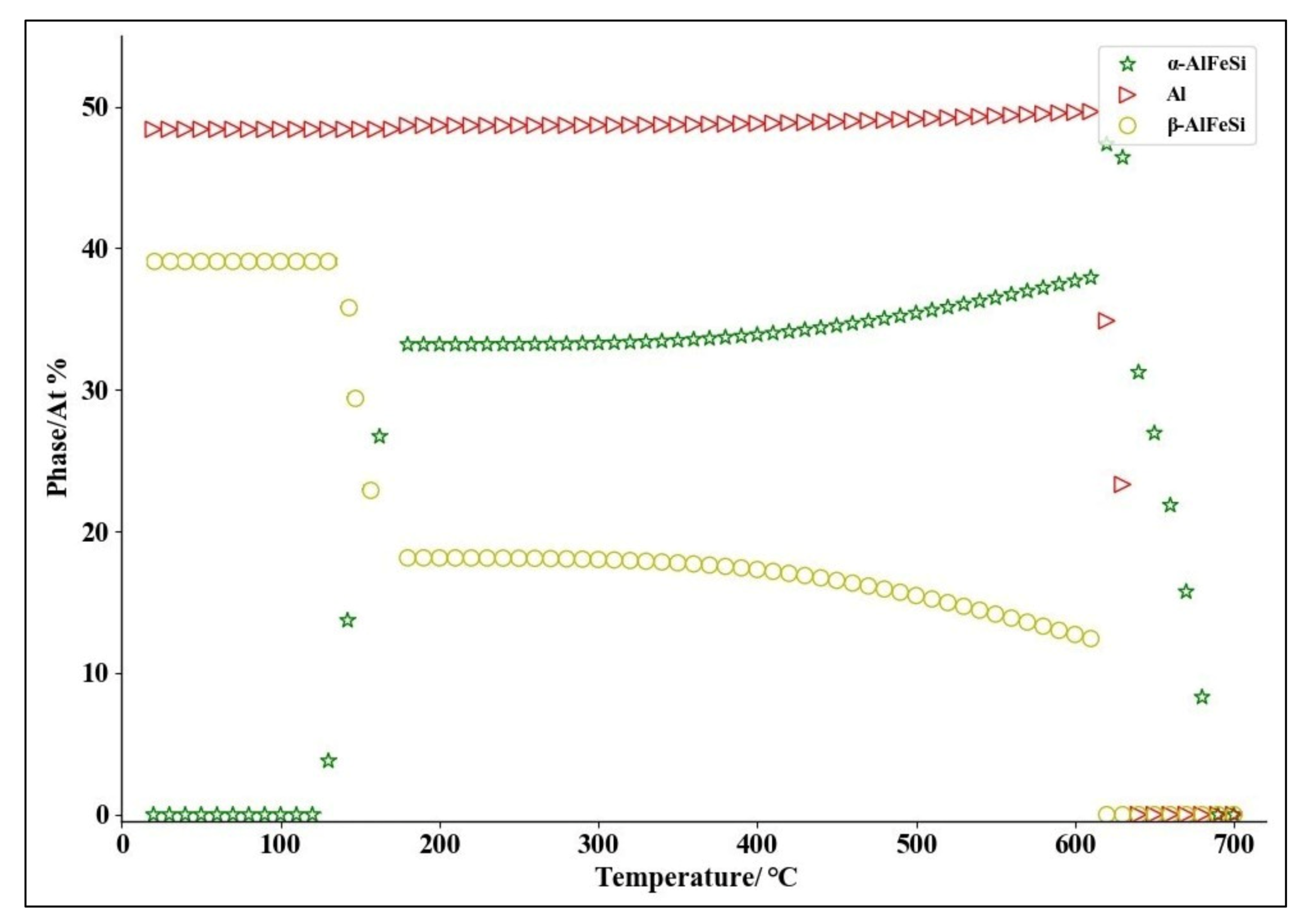

The governing equations were solved numerically by using finite element techniques based Glarkine approach solver to take out an expression of streamlines and isotherms.

The numerical computations have been carried out for Rayleigh number Ra= 103 to 105, number of undulation N= 1 to 4 (four cases) Darcy number Da= 10-1 to 10-5, volume fraction ϕ= 0 to 0.2 non-Newtonian index n= 0.6 to 1.4 and the Prandtl number of water Pr= 6.2, for different interface location S=0.25, 0.5 and 0.75. The aim of this work is to investigate numerically the influence of layer thickness and wavy interface wall on the heat transfer and fluid flow inside a differentially heated square enclosure occupied with two portions, Ag/water nanofluid-porous medium and non-Newtonian substance, respectively. Title: Effect of Layer Thickness on Natural Convection in a Square Enclosure Superposed by Nano-Porous and Non-Newtonian Fluid Layers Divided by a Wavy Permeable WallĪuthor(s): Mohammed Y. Finally, indoor thermal comfort analyses are conducted at varying supply velocity These numerical results highlight a thermal plume above the human body due to the convection heat transfer. In fact, the SST k-ω turbulence model presents a good agreement with the anterior study and it is recommended for the related type of application. This comparison affirms that the turbulence model has a direct effect on the aerodynamic structure in an indoor environment.
JMATPRO FLUID FLOW SOFTWARE
The results of our simulations developed using the software ''ANSYS Fluent 17.0'' were compared with findings from anterior experimental measurements.


Reynolds Averaged Navier-Stokes equations were used and different turbulence models were evaluated such as the RNG k-ε turbulence model, the standard k-ε turbulence model, the standard k-ω turbulence model and the SST k-ω turbulence model. This paper presents the CFD study of the aerodynamic structure in an indoor environment occupied by a human body. Title: Study of the Aerodynamic Structure in an Indoor Environment Occupied by a Human BodyĪuthor(s): Hasna Abid, Zied Driss, Jamel Bessrour Keywords: 34CrNiMo6M Steel Hardness Jominy Test Mass Effect. The results obtained by using JmatPro sufficiently matched the experimental hardness results and the observations by an optical microscope. After cooling curves over time at each position were calculated by means of DEFORM, the hardness, strength, and the fractions of components were calculated by applying the Quench property module of JmatPro. In this way, the structure, strength, and hardness at various depths could be predicted. Cooling curves for different measuring points were input in a Jominy test considering the mass effect. In addition, the hardness of the forged product by location was predicted by using experimental data and an analysis method. As the Jominy test measures hardenability, the hardenability of a heavy main shaft was quantified, and the mechanical properties of the large forged product were examined according to depth. A large cold specimen was fabricated by normalization after forging, and a cooling experiment was performed by using a special Jominy testing device for high weight ratios. The present study attempted to establish a prediction model for the hardness and mechanical properties of Cr-Ni-Mo steel by quantifying the hardenability of 34CrNiMo6M steel, which is used for the main shafts of large wind power generators with capacities of at least 4 MW, by means of a large Jominy specimen.


 0 kommentar(er)
0 kommentar(er)
